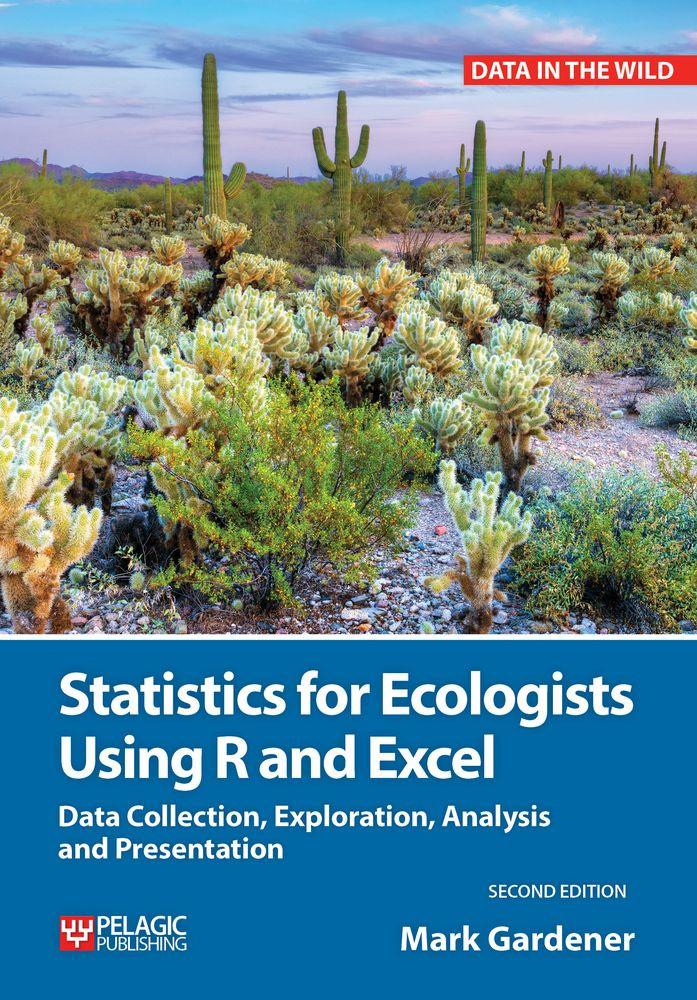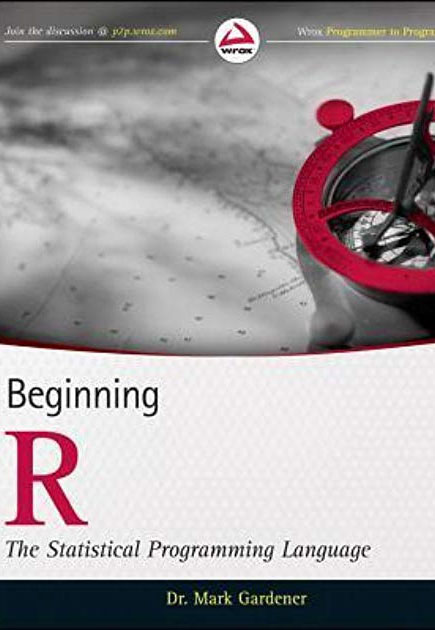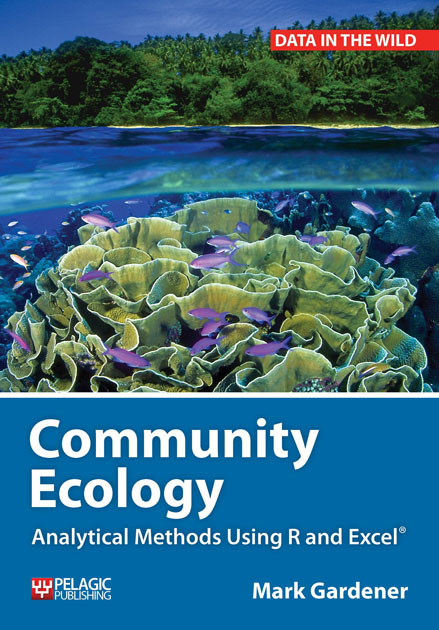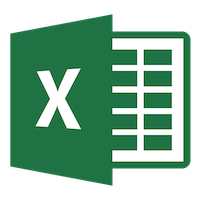Ecology & Data Analysis Publications
Our ecology & data analytics publications include topics such as: Excel, Statistics, R Programming, Data Visualisation, Predictive Analysis, Ecological Community Analysis, and Hypothesis testing. Web support includes downloads, online exercises and supplementary notes.
Our data analytics publications are in two categories:
- General data analytics, for any discipline.
- Data analytics for ecology, conservation biology and environmental science.
Our general data analytics publications include Excel and R: The Statistical Programming Language. R is a powerful and flexible Open Source statistical environment. The R program is used widely by Universities and Professionals for many tasks in Data Analytics, including: data visualisation, predictive analysis, machine learning, and statistical hypothesis testing.
Our ecology & data analytics publications include topics more focussed towards ecology, conservation biology, and environmental science. Both R and Excel are used, although the R program is featured, as it is both powerful and flexible. Topics in our publications include:
- Managing data.
- Learning R: the statistical programming language.
- Statistical hypothesis testing.
- Predictive modelling.
- Data visualisation.
- Ecological community data analyses.
Our ecology & data analytics publications cater for a range of ability, from student beginners in ecology and data analytics, to more advanced researchers.
My Publications
I have written several books on ecology and data analysis
An Introduction to R
Data Analysis and Visualisation
Our book An Introduction to R: Data Analysis and Visualisation is a comprehensive introduction to R: The Statistical Programming Language.
This book is still in production… more details will be forthcoming soon!
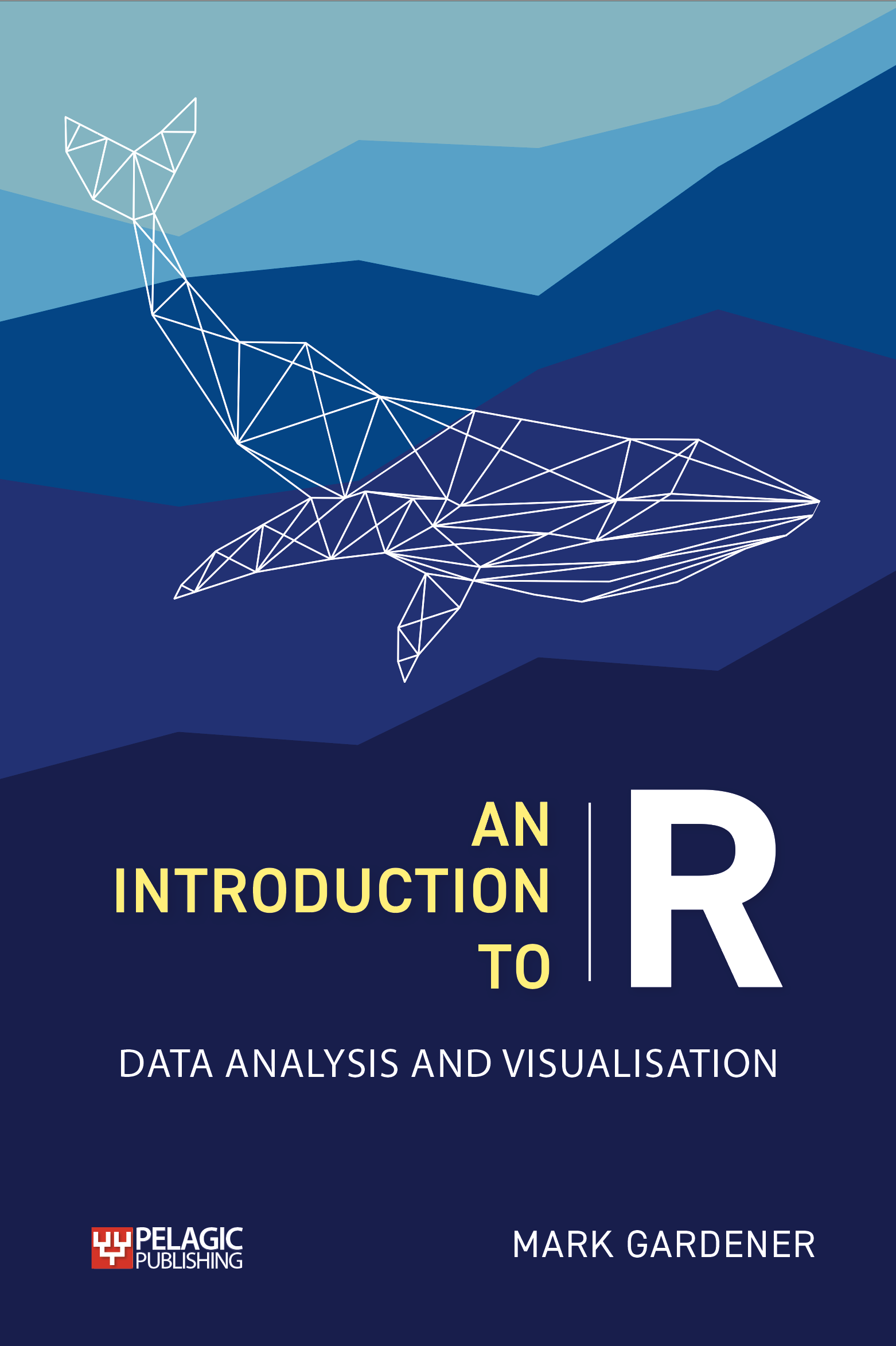
An Introduction to R includes chapter summaries and end of chapter exercises. Additional notes and resources are available online. Some of the key topics:
- Importing data.
- Exporting data.
- Data visualisation.
- Statistical analyses and hypothesis testing.
- Graphical presentation.
- Programming tools.
An Introduction to R includes chapter summaries and end of chapter exercises. Click the Learn More button below to find out more.
Statistics for Ecologists
Our book Statistics for Ecologists Using R and Excel is intended for beginners in data analytics, who are also studying ecology, conservation biology or environmental science. Statistics for Ecologists is an introduction to statistics and data analysis. It uses both Excel and R: The Statistical Programming Language, for which it also serves as an introduction and foundation.

Statistics for Ecologists includes chapter summaries and end of chapter exercises. Additional notes and resources are available online.
- Managing, arranging and preparing data.
- Data summary.
- Data visualisation.
- Biological diversity.
- Presenting results.
- Statistical hypothesis testing:
- Difference tests such as t-test and U-test.
- Correlation & Regression.
- Chi squared Association.
- Analysis of Variance (ANOVA) and Kruskal-Wallis.
Statistics for Ecologists includes chapter summaries and end of chapter exercises. Additional notes and resources are available online. Click the Learn More button below for access to support material.
Community Ecology
Our book Community Ecology: Analytical Methods Using R and Excel is about data analytics applied to ecological community data.
The Community Ecology book supports your study of the theory of community ecology by focussing on the methods of analysis of ecological community data, such as:
- Biological diversity.
- Community similarity and dissimilarity.
- Cluster analysis (unsupervised machine learning).
- Multivariate analysis (ordination).
- Modelling community responses to environmental variables.
Data analytics in the study of community ecology can be complicated. Our book Community Ecology makes extensive use of the powerful Open Source R program for data analytics and data visualisation. No prior knowledge of R is assumed and the book includes introductory material for both R and Excel.
The Community Ecology book includes, end of chapter summaries and exercises. Online support material includes additional notes, example data, and custom R functions. Click the Learn More button below for access to support material.

Beginning R
Our book Beginning R: The Statistical Programming Language, is an introduction to the R program for statistics and data visualisation. The R program is a powerful and flexible Open Source statistical environment. R is used widely by Universities and Professionals for many tasks in Data Analytics, including: data visualisation, predictive analysis, machine learning, and statistical hypothesis testing.

If you are beginning to use R, then Beginning R will help you learn the basics such as, importing data, manipulating data, data summary, basic hypothesis testing, and data visualisation. Additional topics include an introduction to regression, analysis of variance, and R programming functions.
The book Beginning R includes:
- Chapter summaries.
- End of chapter exercises.
- In-text “Try It Out” examples.
There are also additional resources available online. Beginning R makes an ideal beginning to learning data analytics using R. Click the Learn More button below for access to support material.
The Essential R Reference
Our book The Essential R Reference is a topic-led reference and learning guide for R: the statistical programming language. The R program is a powerful and flexible Open Source statistical environment. R is used widely by Universities and Professionals for many tasks in Data Analytics, including: data visualisation, predictive analysis, machine learning, and statistical hypothesis testing.
The R language includes many functions, and The Essential R Reference can be used to find the appropriate functions for the job at hand. Each function includes the essential information you need to use it, including examples of use, and related functions. The Essential R Reference incorporates many of the most essential R functions covering a range of tasks, split in the book into various topics, for easy reference:
- Data
- Math & Statistics.
- Graphics
- Utilities
The main topics help you reference the R functions that you need for a wide range of essential data analytics tasks using R.

Managing Data using Excel
Our book Managing Data Using Excel is concerned with organising, summarising and visualising scientific data. A spreadsheet is an invaluable tool in data analytics, with Microsoft Excel™ being the most familiar and widespread. Managing data is an essential task in data analytics, and Excel has many tools to help you manage your data.

Although Excel is familiar to many, it has many tools that remain unused; Managing Data Using Excel is your guide to unlocking those tools. Managing data involves a range of tasks such as:
- Arranging data.
- Checking and validating data.
- Summarising data.
- Visualising data.
- Presenting and sharing data.
Managing data is more than simply storing your data! In Managing Data Using Excel you’ll learn the skills you need to prepare, visualise and share your data with the wider world.
Guide to Common Grasses
Covering 30 grass species, the Guide to Common Grasses is a fold-out guide that should enable everyone to put a name to some of the most common grasses found in Britain and Ireland. A special feature of this guide is a simple-to-use lateral key to enable users to make an accurate identification of grass species quickly.
With text by Mark Gardener and illustrations by Carol Roberts the Guide to Common Grasses uses the classic lateral key developed by Charles Sinker. The illustrations are split into several sections covering:
- Common meadow grasses.
- Woodland and riverbank grasses.
- Waste ground and roadside grasses.
The style of key allows the user to identify these common grasses even if all the characteristics are not available (if for example the plant is not in flower).

